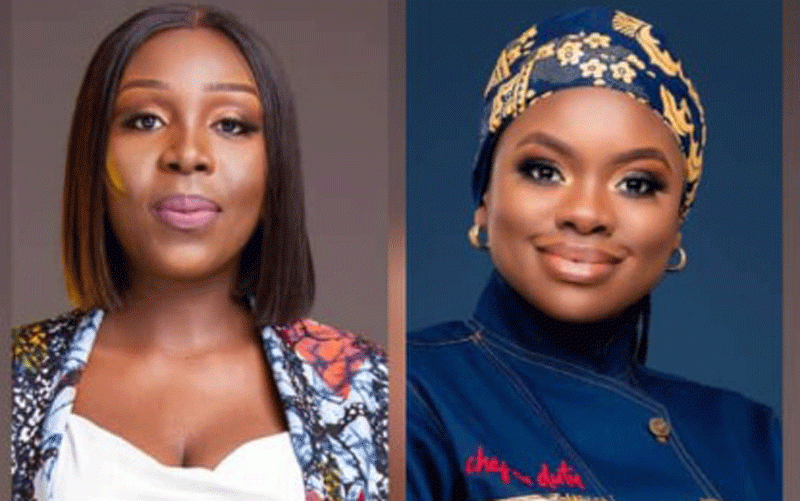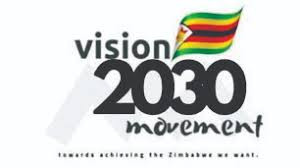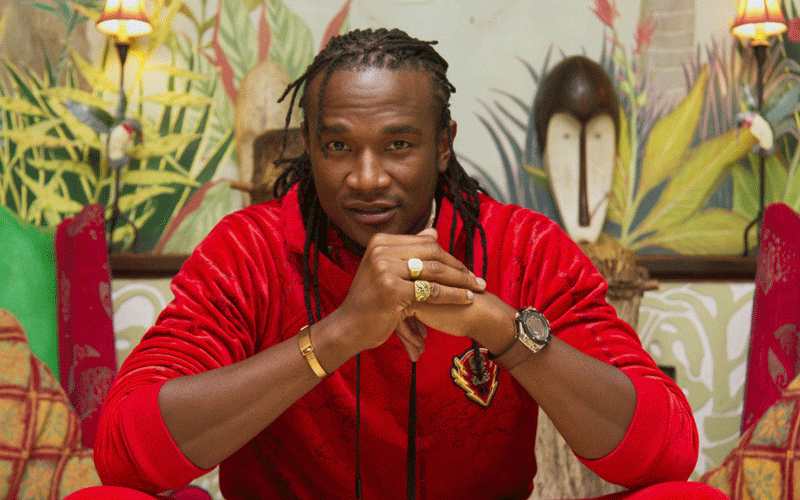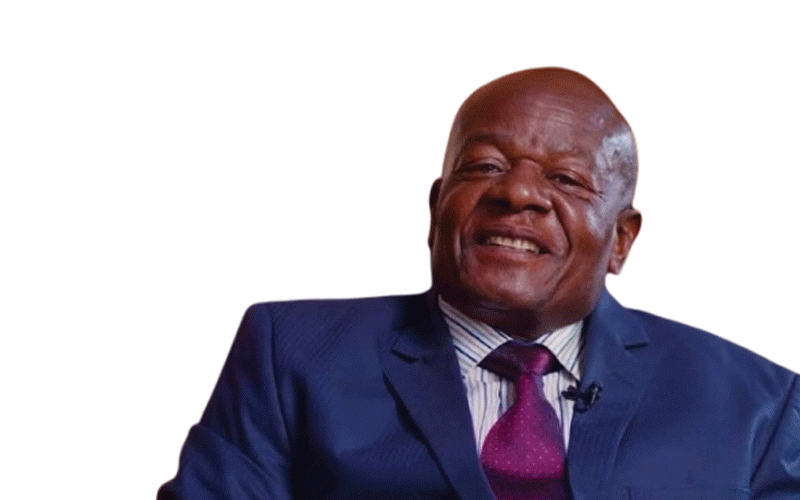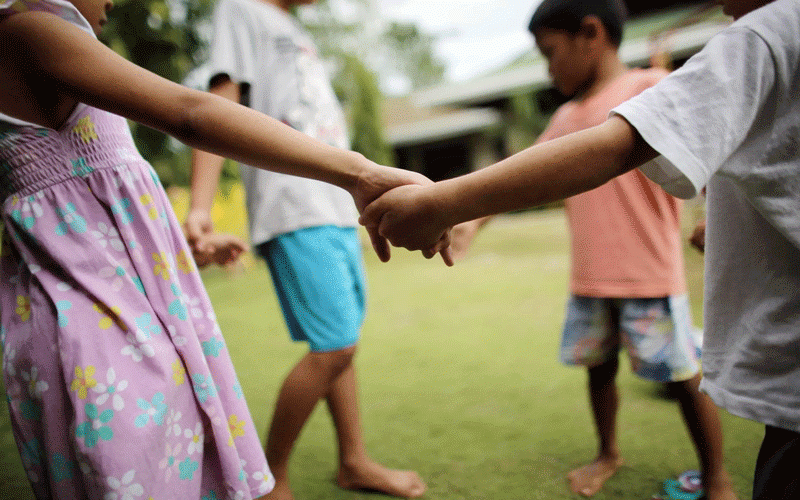
In a world where child abuse and exploitation persist as urgent, and yet often an unspoken crises, the role of creative expression in amplifying silent voices has never been more vital.
Child protection, traditionally framed through legal, social work, and educational lenses, must also be understood through cultural, emotional, and communicative frameworks.
Art, music, theatre, film, poetry, and storytelling have emerged as powerful instruments; not only in raising awareness about the multidimensional nature of abuse, but also in fostering empathy, healing, and advocacy.
Child abuse and exploitation manifest in many forms: physical, sexual, emotional, economic, and digital.
Globally, Unicef (2023) estimates that one in four children experience abuse before the age of 18, and millions more are subjected to child labour, early marriages, trafficking, and online exploitation.
In many communities, these injustices are buried beneath cultural taboos, stigma, and a systemic lack of protective frameworks. Silence — both imposed and internalised becomes a second wound.
This silence is precisely what creative voices seek to disrupt.
The arts have historically functioned as both mirrors and hammers reflecting reality while shaping new ones. In the fight against child abuse, creatives have become intermediaries between trauma and public consciousness.
- Cross Border Traders approach more banks for Master Cards
- In the groove: African music promises to be the music of the future
- In the groove: African music promises to be the music of the future
- Sexual abuse: What parents can do to keep kids safe
Keep Reading
Zimbabwean spoken word artists for instance, have tackled themes of domestic violence and systemic neglect in performances; using poetic cadence to challenge complicity.
Similarly, South African visual artist Zanele Muholi has documented marginalised identities, often capturing the vulnerability of youth caught in cycles of invisibility.
Music, with its emotive immediacy, has also been a tool of protest and consolation.
In West Africa, musicians like Falz and Angelique Kidjo have used song to critique child marriage and gender-based violence, blending rhythm with rights-based messaging.
Kidjo’s work, particularly, fuses traditional sounds with global activism, turning music into a transnational advocacy platform.
In the domain of photography and documentary film, creatives have documented the often invisible pain endured by children. Films like Everyone’s Child offer emotionally potent depictions of young people’s exploitation within patriarchal and war-torn societies.
Through character, acts that center the voice and resilience of the child, these stories transcend entertainment—they become testimonies.
Theatre, particularly community-based drama, has been instrumental in rural and marginalised areas.
Theatre-for-development programs in Malawi, Kenya, and Zimbabwe use locally rooted plays to explore child abuse in accessible formats.
These performances are not passive; they are interactive, encouraging audience participation, collective reflection, and community dialogue.
The digital age has birthed a new wave of creative activism. Youth-led podcasts, TikTok reels, digital comics, and animated storytelling are reimagining how stories of child vulnerability are shared.
In Nigeria, platforms like Safe Kids Zone use social media skits to illustrate how grooming and abuse occur, offering both warning signs and protective tools.
In Zimbabwe, creative collectives like Moto Republik provide digital storytelling workshops for youth to narrate their own realities, including those involving abandonment, early parenthood, or trafficking.
Importantly, these expressions are not always trauma-centered; many emphasise hope, resilience, and transformation ensuring that the child is never reduced to a statistic, but is rendered human, whole, and capable of imagining new futures.
Beyond advocacy, the arts serve as therapeutic channels.
Art therapy, music therapy, and dance/movement therapy have been adopted in trauma-informed care for children. In post-conflict contexts like South Sudan or Gaza, children drawing their homes, singing folk songs, or performing dances have been able to process grief and reconstruct their sense of safety.
Creative expression activates neural pathways linked to recovery, especially in children with complex trauma histories.
This underscores the dual function of the arts in child protection: Prevention and healing.
Creatives are not mere messengers; they are stakeholders in systemic change.
Artists and cultural workers have participated in policy forums, curriculum development, and advocacy campaigns.
When a theatre group stages a play on corporal punishment in schools, and the Ministry of Education responds with revised guidelines, art has entered the policy space.
In Uganda, art collectives worked with Unicef to produce visual campaigns that changed community attitudes toward reporting abuse.
Similarly, in Zimbabwe, radio dramas like Mopani Junction have been integrated into national conversations about child rights and legal recourse.
While the potential is immense, creative interventions in child protection must be ethically grounded. Representing children’s stories especially those involving trauma demands consent, contextual sensitivity, and an awareness of power dynamics.
Exploitation can occur in the name of awareness if stories are sensationalised or detached from support structures.
Collaborations with psychologists, educators, and child rights experts are essential to ensure that creative outputs do not re-traumatise or misrepresent children.
Child protection is not just a legal or developmental imperative, it is a cultural one.
Creatives are uniquely positioned to enter emotional, linguistic, and symbolic terrains where bureaucratic language often fails.
Whether through painting, poetry, theatre, or digital satire, creative expression can crack open the hardest silences and illuminate hidden truths.
For these reasons, it is essential that child protection systems; both local and international recognize and fund creative practitioners as part of the child rights ecosystem.
A poem can save a life. A song can shift a law. A drawing can restore dignity.
In the words of Chilean poet Pablo Neruda: You can cut all the flowers, but you cannot keep spring from coming.
Let creativity be the spring that rises against silence.
nRaymond Millagre Langa is a Zimbabwean artist, poet, and educator who uses music, orature, and performance to promote cultural preservation, social justice, and indigenous knowledge. As founder of Indebo Edutainment, he blends traditional wisdom with contemporary issues to inspire critical thought and community empowerment.

